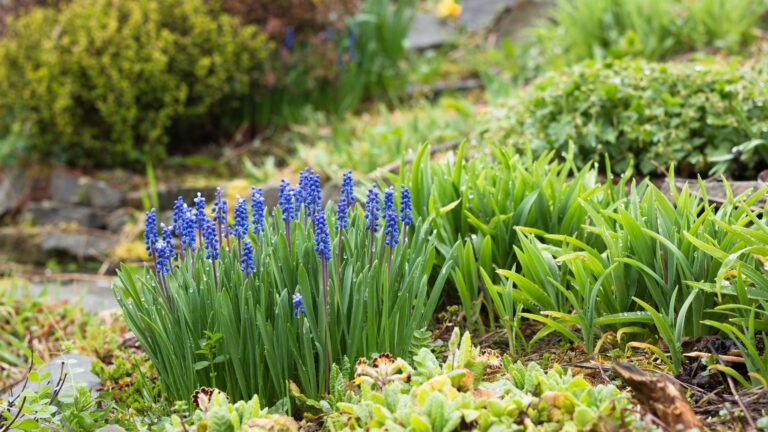Rain gardens are small to medium-sized, bowl-shaped gardens designed to capture stormwater and use that water to help the plants grow. If you need to solve an excess water problem, read on to learn how to build the perfect rain garden for your yard.
Find the Right Location
You must conduct a ribbon and infiltration test to ensure the soil is sustainable for a rain garden. For the ribbon test, collect two tablespoons of soil 6 inches beneath the surface and add enough water to make the soil moldable. If the ribbon of soil is longer than 2 inches before it breaks, that soil has too much clay and is not suitable for a rain garden. Ideally, the ribbon should be 1-1.5 inches.
For the infiltration test, dig a small but deep hole, ideally 12 inches down, and fill it with water. The water should drain completely in 24 hours. If not, the soil isn’t suitable for a rain garden.
Mark the Area, Remove the Sod, and Craft the Bowl Shape
Once you find an area suitable for a rain garden, mark out your area with spray paint or flags, but remember that the rain garden should be bowl-shaped. Remove the sod from the site while trying to keep the sod intact for later use.
Now you can start digging! While every garden is different, the average depth should be about 12 inches. The shape doesn’t have to be perfect, but you want the sides to have a slope.
Next, you want to craft the berm using the sod you removed earlier. Using string and wooden stakes, surround the perimeter of your garden, starting at the highest point. Put a string at the base of the highest stake and use it as a level to mark where the highest point of your berm will be. While building the berm, include a place for an outlet in case of overflow. You want water to be as level as possible when the garden fills.
Prepare the Soil and Lay Down the Inlet
Using the string levels you set up earlier, ensure the garden’s bottom is as flat as possible to help the water spread out evenly. If you need to add soil, make sure to use soil with similar contents and texture.
Improper placement or overflow of downspouts are some of the most common causes of landscape drainage issues. So, once your soil is ready, you’ll want to dig trenches from the mouth of the downspout to the rain garden and connect it with a properly pitched extension pipe. Put gravel around the pipe and prop up the mouth of the pipe that reaches the garden with a flat stone to avoid erosion.
Now that you know how to build the perfect rain garden for your yard, you’re ready to start planting! Just be sure to select native, perennial plants that can withstand moisture fluctuations and add a layer of mulch to mitigate moisture and weeds.

